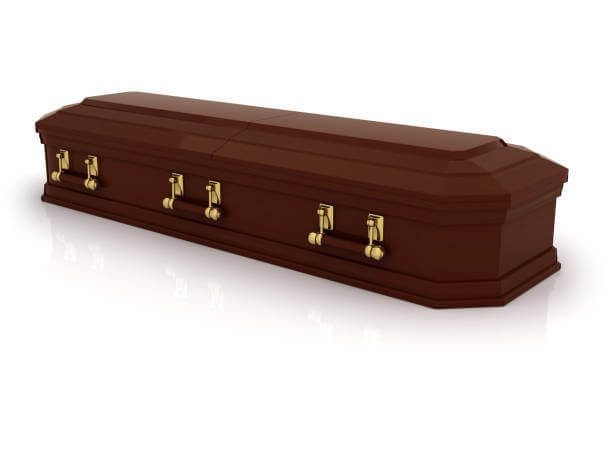Burial plots are an important consideration when planning end-of-life arrangements. The decision on where to lay a loved one to rest is not one to be taken lightly, and understanding the various types of burial plots available is essential.
In addition to the type of burial plot, it is important to understand the number of caskets or urns that can be buried in each plot, as this can impact both cost and logistics.
When it comes to choosing a burial plot, the options can be overwhelming. From traditional in-ground plots to mausoleums and columbariums, there are a variety of structures to consider. Additionally, the number of caskets or urns that can be buried in each plot can vary, depending on the type of plot and the cemetery’s regulations.
This guide will explore the different types of burial plots available, the number of caskets or urns that can be buried in each one, and the associated costs. By understanding these factors, families can make an informed decision when it comes to choosing a burial plot that honors their loved one while also fitting their budget.
Types of Burial Plots
The types of burial plots, which include single, double-depth, and family plots, have varying capacities for caskets and urns depending on state laws and cemetery regulations.
Single plots are meant for one person and can only accommodate one casket.
Double-depth plots, on the other hand, can fit two caskets and are intended for two people.
Family plots require purchasing a section of the cemetery and can accommodate multiple family members, with no limit to the number of people that can be buried.
The number of caskets or urns that can be buried in one grave varies by state.
Some cemeteries may allow up to six urns in a single plot, while others may only allow two.
Double-depth plots can hold two to six urns.
It is also possible to bury two bodies in the same casket if state laws allow it.
For those who require larger burial structures, a double casket can be made.
It is important to note that the cost for plots varies by state and cemetery type, so it is best to talk to the cemetery manager for exact cost information.
Number of Caskets/Urn that can be Buried
Amusingly, the number of urns or caskets that can be interred varies by state regulations and cemetery policies. In some states, it is possible to bury two bodies in the same casket, while in others, it is not allowed. Additionally, cremated remains can be buried with a casket, which can increase the number of individuals interred in a single plot.
The standard number of urns that can be buried in a single plot is two, although some cemeteries allow for four to six urns. For double-depth plots, two to six urns can be buried depending on state regulations. It is also possible to have a double casket made for larger loved ones.
When considering burial options, it is important to research state regulations and cemetery policies to determine the number of individuals that can be interred in a single plot.
Types of Burial Structures
Different types of burial structures are available to accommodate different needs and preferences. Single plots are meant for one person, while double-depth plots can accommodate two caskets. Family plots require purchasing a section of cemetery and can accommodate multiple family members. Beyond these standard options, there are also mausoleums, columbariums, and private estates.
Mausoleums are above-ground structures that can accommodate multiple caskets or urns. They offer several benefits, including protection from the elements, ease of maintenance, and the option for personalized decoration. Private estate options provide families with the opportunity to own a section of cemetery land and customize it to their preferences. This may include a private mausoleum, gardens, and other personalized features. While these options may be more expensive, they offer a unique and personalized way to honor loved ones.

